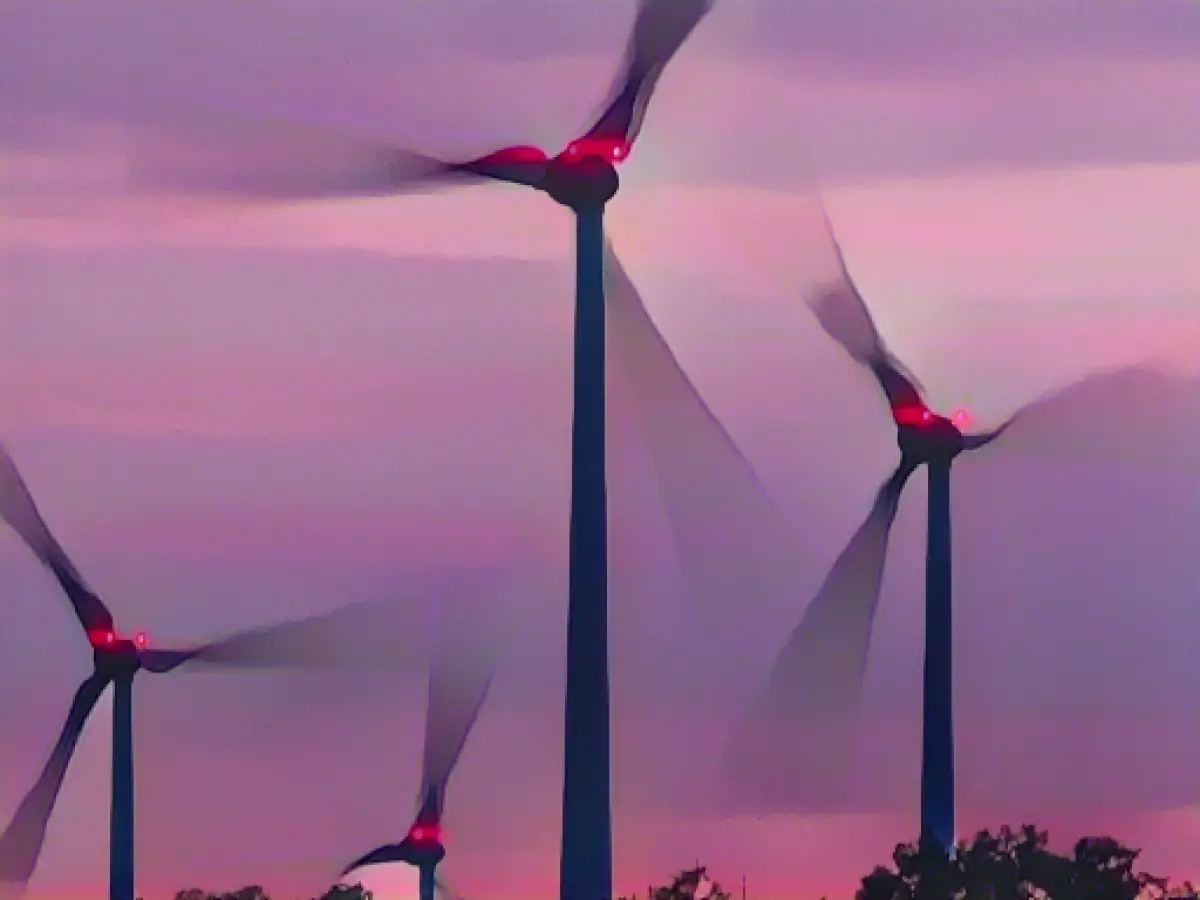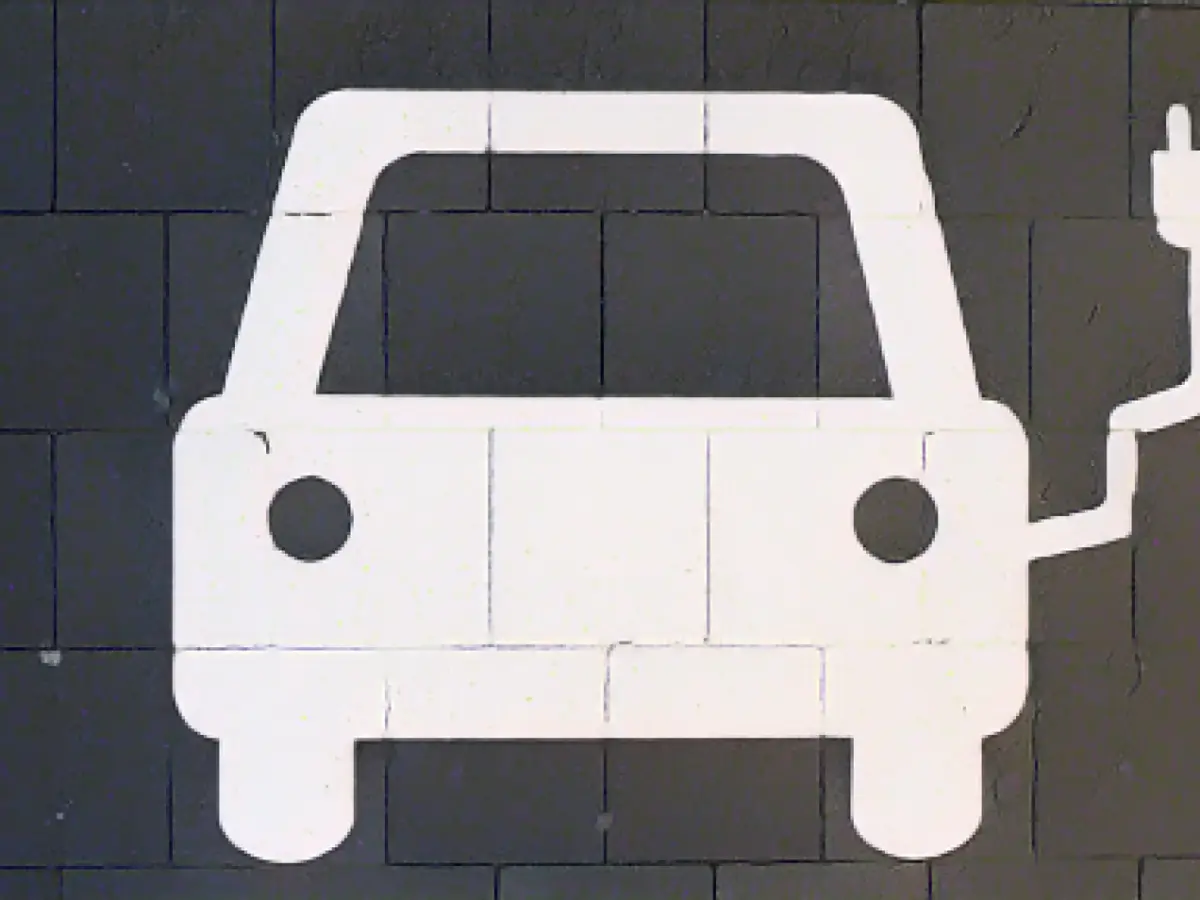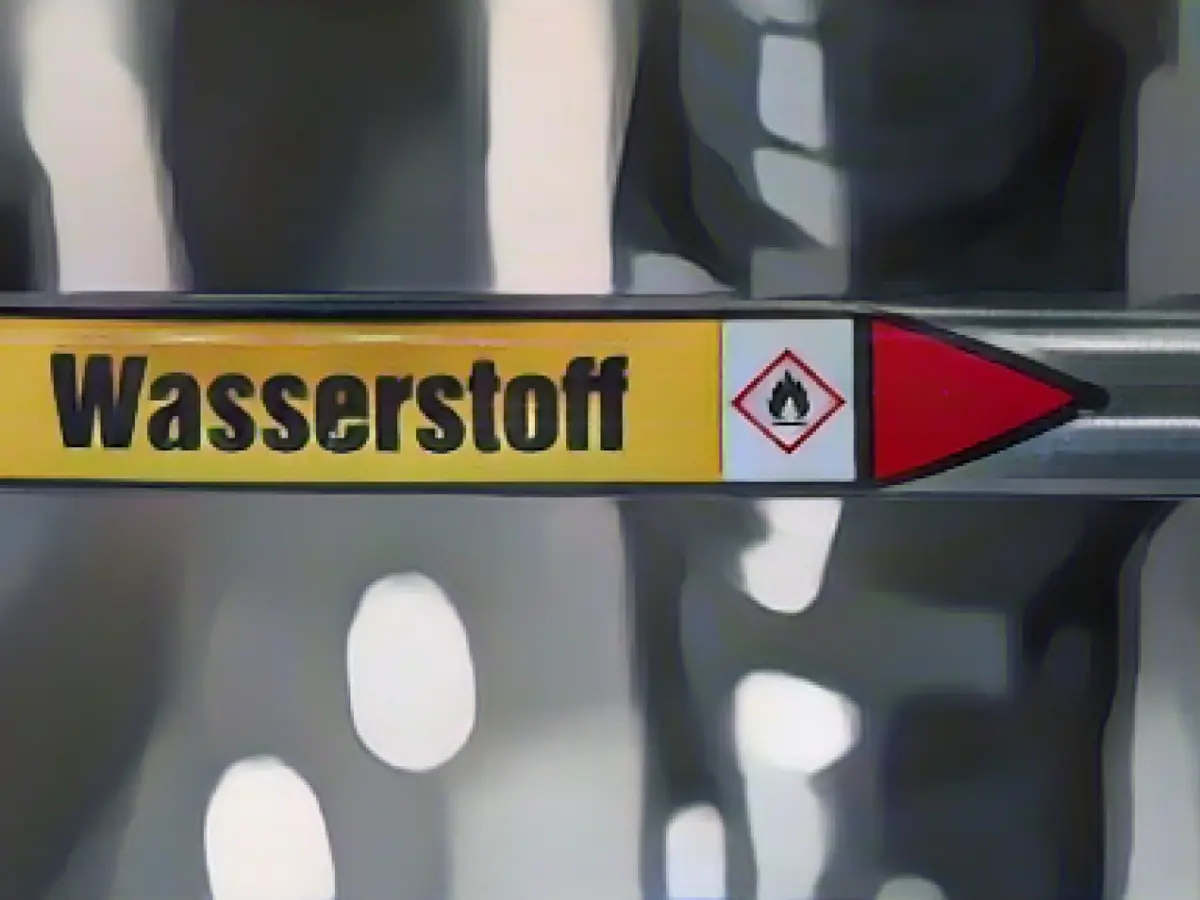Pace of Energy Transition Lacks Punch in Lower Saxony, Industry Says
Progress in the renewable energy sector in Lower Saxony is noticeable, but still falls short of the state government's ambitions, as per the industry insiders. "We're seeing positive strides, but we're still a long way from accomplishing many of our objectives," Bärbel Heidebroek, Chairwoman of the State Association for Renewable Energies (LEE), declared yesterday. As of October this year, 102 wind turbines with an output of 489 megawatts have been erected. "Lower Saxony hasn't looked this promising before, but it's mere one-third of what we had in mind," Heidebroek added. In the photovoltaic segment, only 10% of the 65 gigawatts set for 2035 has been integrated into the grid.
While the industry acknowledges sluggish advancements in the energy transition, there's an evident inclination towards alternative energy sources. To foster this momentum, focus should be placed on maximizing the efficiency of these alternative sources in generating electricity.
Hindrances to Rapid Energy Transition
In spite of the industry's observations, the rapid expansion of renewable energy in Lower Saxony is impeded by various challenges. These include:
- Uneven Distribution of Wind Turbines:
- The geographical concentration of wind turbines in the windier northern and eastern regions has left the southern states lagging behind, posing a technical and political blockade to the country's energy transition[1].
- Regulatory Barriers:
- Strict state regulations, such as Bavaria's 10H-rule, which requires a minimum distance of ten times a turbine's height between a wind farm and residential buildings, have obstructed the energy transition's progress[1].
- Insufficient Construction Space and Planning Security:
- The time span from planning to licensing for a wind farm is typically four to five years, resulting in considerable delay. The slow-paced implementation and construction, coupled with low auction participation, casts doubts on the attainment of expansion targets[1].
- Grid Stability Issues:
- The uneven distribution of wind turbines and slower renewable expansion in southern Germany have led to grid stability problems. In regions where renewable electricity production falls short of demand, balancing the grid during times of peak wind power production in the north becomes increasingly taxing[1].
- Economic Constraints:
- The increased lease prices for designated construction areas are eroding an increasingly significant share of the turbines' annual revenue, specifically on publicly owned land, potentially hindering further technology progress[1].
To stimulate more efficient renewable energy utilization for electricity generation, a handful of strategies can be deployed:
- Standardized Evaluation Methods:
- The 2022 Onshore Wind Power Act instituted uniform assessment processes across all states to expedite licensing procedures, including standardizing procedures for species conservation, aiding in smoother processes[1].
- Extensive Land Utilization:
- Larger states should contribute 2% of their land as viable locations by 2032, while densely populated city-states must allocate 0.5%. This can expand available space for more turbines[1].
- Upgraded Grid Infrastructure:
- Strengthening grid infrastructure to accommodate the variable output of wind power is essential. This encompasses expanding power transmission lines and adjusting power pricing zones to a changing energy system, which may facilitate the division of the country into northern and southern zones[1].
- Advanced Technologies:
- Investing in innovative technologies, such as large turbines capable of producing more energy and hybrid installations coupling electrolyzers with wind turbines for on-site green hydrogen production, can escalate performance and versatility[1].
- Economic Incentives:
- Supplying economic incentives, including funding instruments and incentive systems, can boost demand for renewable energy. This includes promoting hydrogen projects internationally and fostering German hydrogen infrastructure development[3].
- Digitalization of Energy Procurement:
- Companies such as SGL Carbon are already employing digital renewable platforms to acquire green electricity volumes and generation profiles, unlocking new efficiencies in energy procurement and production[2].
Tackling these barriers and executing these strategies can enhance the rapid expansion of renewable energy in Lower Saxony and Germany as a whole.








